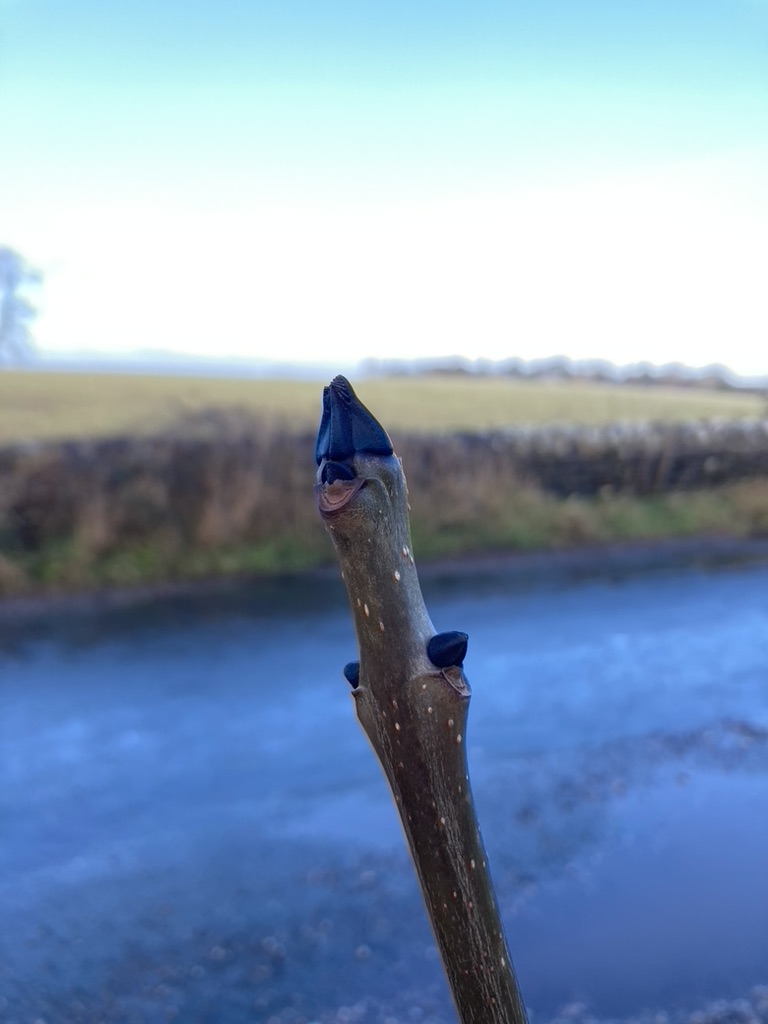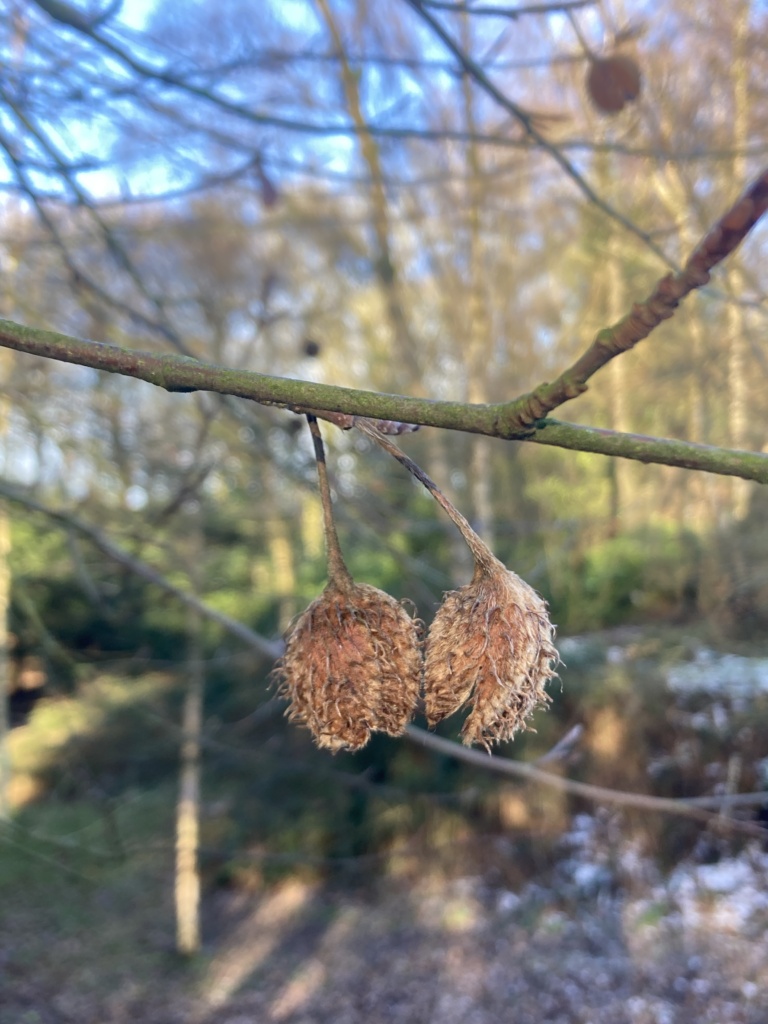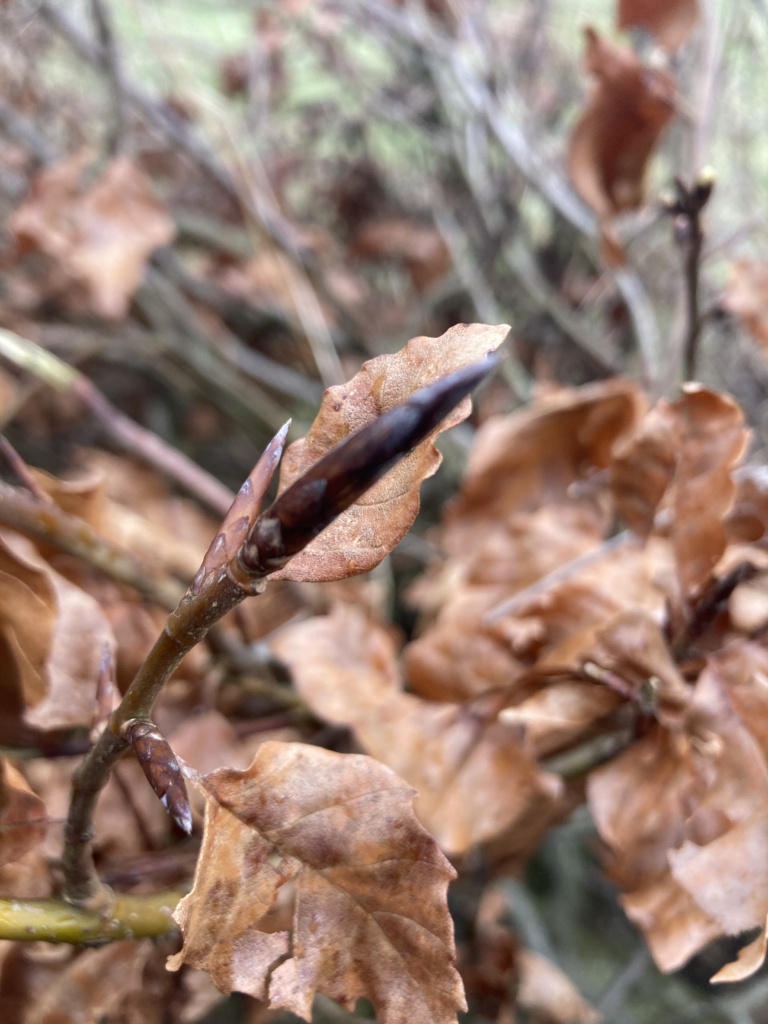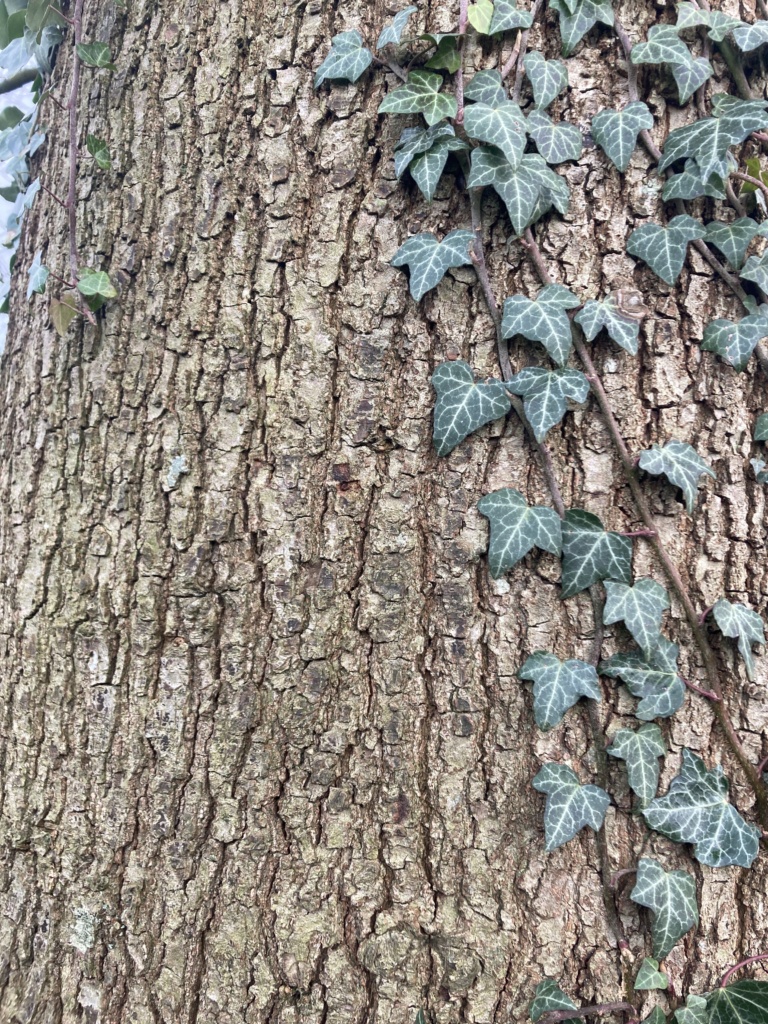Saturday 4th February 2023

How to ID trees in winter
This may sound obvious, but for me the starting point is always observation:
- Where is the tree? Is there anything distinctive about the habitat it’s in (e.g. waterlogged)
- What colour is the bark? Does it have distinctive markings or fissures?
- What colour are the leaf buds? Are the matt, shiny, sticky?
- Does it have catkins and, if so, what colour are they?
- Are there any fruits or seeds still on the tree (or on the ground beneath it)?
- Are there any leaves still on the tree (or on the ground beneath it)?
Once you have an idea of some of these features, you can then start to identify your species. If you already have some knowledge, this observation alone might be enough for you to make an identification. For example, most people know that silver birch has shiny white bark with darker fissures. But it also has purplish catkins (before they open), which is another feature you could look for.
It is a little harder if you don’t know what you are looking at, but there are some really good apps you can use for this, some of which, like the Woodland Trust’s British Trees app are free to use. Alternatively, you might like to have a tree ID book. There are many available (some of which you can almost certainly get second-hand for a cheaper price). BBC Countryfile has a relatively recent review of the best tree guides, a great starting point for anyone considering buying one.
Find someone who knows the species
The aim of this talk and walk was obviously for people to be able to identify the species, so if you know someone (like me!) who can give you some pointers in identifying the trees, that is a good place to start.
I provided hand-outs and some simple features that attendees could use to identify the trees in future, and we explored Fairfield Nature Reserve to have a look at them up close.
Take a look at the photo gallery below for some of the key identification points for some of our well-loved British tree species.





For future walks and talk-walk events, please visit the Events page.

